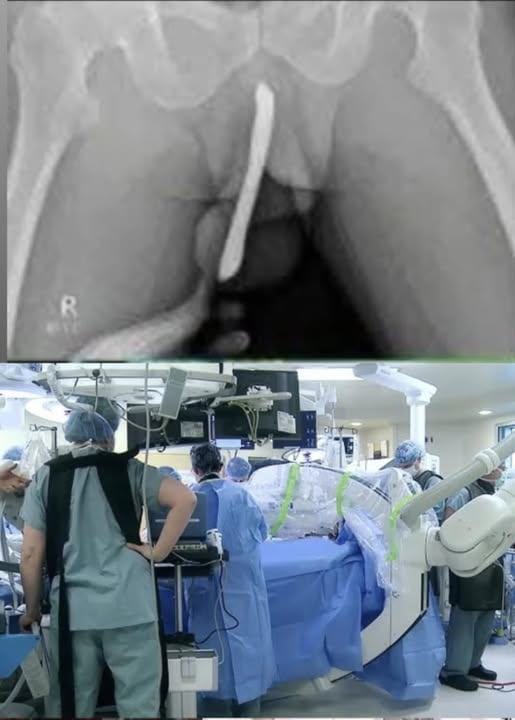Introduction
Every generation of teenagers goes through a phase of exploration, curiosity, and testing boundaries. These years are filled with learning about the world, developing a sense of identity, and navigating the often-confusing path toward adulthood. While curiosity is natural, it can sometimes lead to unsafe decisions that put health and well-being at risk.
Recently, one such incident caught the attention of both the public and medical professionals. A teenage girl was hospitalized after engaging in a risky experiment involving a household item. The decision, made in a moment of curiosity, quickly escalated into a medical emergency that required surgical intervention.
Although shocking, this story is not entirely unique. Hospitals worldwide encounter similar cases where young people use items in ways that were never intended, often leading to serious injuries. Instead of viewing this situation as a mere sensational headline, it provides a valuable opportunity to talk openly about adolescent health, communication, and prevention.
In this article, we will explore the details of the incident, the psychology of teenage risk-taking, the dangers of inserting foreign objects into the body, and the broader lessons families, schools, and communities can take away from it. By focusing on education and awareness, we can transform a troubling story into a powerful reminder of the importance of safety.
The Incident That Sparked Conversations
According to reports, the teenager inserted a pen into her body during what seemed like an experimental moment. Almost immediately, she began to experience pain, discomfort, and bleeding. Alarmed by her worsening condition, her family rushed her to the hospital.
Doctors quickly recognized the seriousness of the case. Imaging scans revealed internal injuries, and emergency surgery was required to remove the object and repair the damage. Medical staff also administered antibiotics to reduce the risk of infection and closely monitored her recovery.
Thankfully, the surgery was successful, and the teenager is expected to recover fully. But the incident serves as a clear reminder that even small objects can have severe consequences when misused.
Why Do Teenagers Engage in Risky Behaviors?
Parents and guardians often ask: Why would a young person do something so dangerous? To understand, we need to look at the psychology of adolescence.
-
Curiosity and Self-Exploration
Adolescence is marked by an eagerness to explore the body and test limits. Without proper guidance, curiosity can manifest in unsafe ways. -
Lack of Reliable Education
In many families and communities, discussions about body safety or sexual health are avoided due to cultural taboos or discomfort. When accurate information is missing, young people may rely on peers, online sources, or experimentation. -
Peer Pressure and Media Influence
Social media often amplifies risky behavior. Even without explicit challenges, exposure to videos, trends, or sensational stories can encourage experimentation. -
Coping with Stress and Emotions
Teenagers under stress, loneliness, or emotional struggles may engage in impulsive actions as a coping mechanism. -
The Illusion of Invincibility
Developmental psychology suggests that many adolescents feel immune to consequences. They may believe that accidents happen to others but not to them.
The Medical Risks of Inserting Foreign Objects
Doctors stress that inserting non-medical objects into the body is highly dangerous. The risks include:
-
Internal Injuries – Sharp or rigid objects can tear delicate tissues, leading to severe bleeding and trauma.
-
Infections – Household items are not sterile. Once introduced into the body, they can cause bacterial infections or even sepsis, a life-threatening condition.
-
Toxic Reactions – Many items contain harmful substances such as inks, plastics, or chemicals that should never come into contact with internal tissues.
-
Obstructions and Blockages – Objects that get stuck may block biological functions, requiring surgical removal.
-
Long-Term Complications – Even after treatment, scarring, recurring pain, or fertility issues can arise.
How Doctors Responded
When the girl arrived at the hospital, the medical team followed a structured approach:
-
Stabilization: Addressing immediate bleeding and pain.
-
Imaging Tests: Determining the location and extent of the injury.
-
Surgical Intervention: Removing the pen safely and repairing torn tissues.
-
Post-Surgery Care: Administering antibiotics and monitoring for infection.
-
Emotional Support: Offering psychological counseling to help the teenager cope with trauma.
